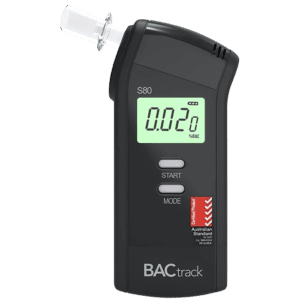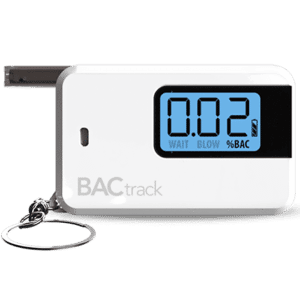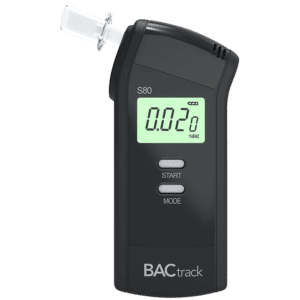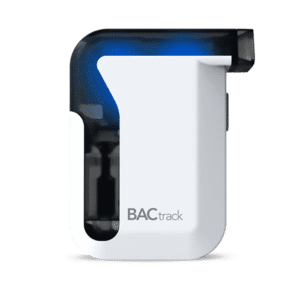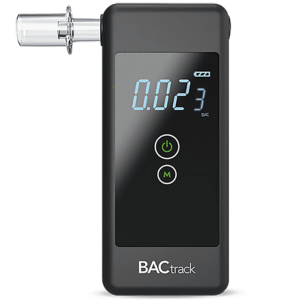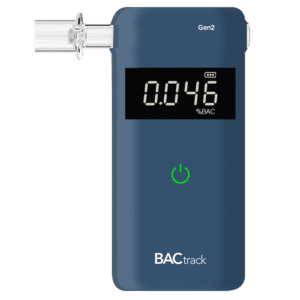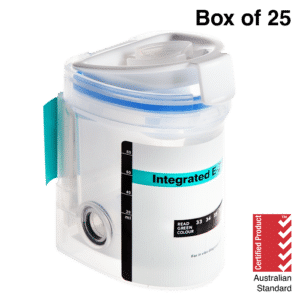Drug and Alcohol Screening Test: What It Is & the Testing Methods
09 May, 2024

A drug and alcohol screening test is a procedure designed to detect the presence of harmful substances in the body of a person. It is a critical tool used by employers, law enforcement agencies, and medical professionals. It is essential for maintaining an alcohol and drug-free environment. Accordingly, there are various testing methods available. It includes urine testing, saliva testing, blood testing, hair testing, and breath alcohol testing. Each type of testing has its own benefits and limitations.
Drug and alcohol abuse can have serious consequences, not only for the individual but also for those around them. It affects health, relationships, and overall well-being. As a result, many organisations and institutions implement alcohol and drug testing programs. These tests help ensure safety and compliance with regulations. It also assists individuals who are struggling with substance abuse issues. This article will present the test screening for drugs and alcohol, the types of tests, and the procedure.
What is a Drug and Alcohol Screening Test?
Drug and alcohol screening tests are procedures used to identify the presence of drug classes or alcohol in the system of a person. It can detect illegal drugs, prescription drugs, and ethanol. Typically, these tests can be done through various methods. It includes alcohol and drug test kits that people can use at home or in offices and laboratory testing that provides more accurate and detailed results.
Testing kits are easy-to-use tools available for individuals or organisations that want to conduct an initial screen. People use them for a quick check. However, these kits sometimes give false positives or negatives despite being convenient. Conversely, laboratory testing provides a detailed and is considered the gold standard for confirming alcohol and drug usage. Professionals typically use sophisticated equipment.
Furthermore, many companies implement alcohol and drug testing policies. They may conduct pre-employment, reasonable suspicion, and random testing programs. Accordingly, law enforcement bodies use these tests to determine substance use in incidents. Additionally, people working towards sobriety may use drug and alcohol testing services as a self-check tool. It helps manage the recovery process.
Purpose of the Testing
- Ensuring Workplace Safety: Employers conduct drug and alcohol testing programs to help prevent accidents and injuries.
- Compliance with Regulations: Many industries, especially those in the building industry, transportation, and healthcare, are required by law to perform testing. It ensures adherence to regulations.
- Protecting Public Health and Safety: Alcohol and drug screening services are crucial to protect the public from the potential dangers posed by impaired individuals.
- Preventing Substance Abuse: Regular testing acts as a deterrent against drug and alcohol abuse.
- Maintaining Productivity and Performance: Organisations can maintain higher levels of performance and efficiency by identifying and addressing substance abuse.

Types of Drug and Alcohol Screening Tests
Drug and alcohol screening tests come in various forms. Urine tests are one of the most common methods for detecting substances. It analyses a urine sample for the presence of alcohol or drugs. It is non-invasive and can detect a wide range of substances. Another approach is the saliva testing. It involves analysing a saliva sample. It is easy to conduct and helpful in detecting recent substance use.
Accordingly, blood testing is the most accurate method for detecting the presence and quantity of drugs or alcohol in the body. Although it is more invasive, it can measure the exact amount of substance in the bloodstream. Furthermore, hair testing analyses a small sample of hair to identify substances. It can detect substance use over a much longer period, often up to 90 days or more.
Breath testing is primarily used to measure alcohol concentration in the breath. It is common in law enforcement and workplace settings. Nevertheless, breath tests offer immediate results and are conducted using a breath testing device called a breathalyser. Typically, individuals blow into the device. The tool can estimate the Blood Alcohol Concentration (BAC) level.
Detectable Substances
Screening tests are highly effective in detecting a range of illegal drugs. It may include cannabis (marijuana), heroin, ecstasy, cocaine, and methamphetamine. They often target these substances due to their potential for abuse and the legal ramifications of their consumption.
Beyond, illegal drugs, these tests can also detect prescription medications. It may include dexamphetamine, benzodiazepines, codeine, morphine, oxycodone, and fentanyl. The detection of these substances is essential due to their potential for abuse or misuse. Additionally, alcohol testing can identify ethanol. It is a type of alcohol found in drinks like beer, wine and spirits.

Procedure for Drug and Alcohol Screening Test
The procedure for drug and alcohol screening tests involves a meticulous process. Initially, an individual provides a biological sample. It can be urine, saliva, blood, hair, or breath specimens. Accordingly, the conductor fills out a chain of custody form to maintain the integrity of the sample. Nevertheless, individuals may use testing kits for the initial screening or send the sample to a laboratory for testing.
In the testing facility, the sample undergoes an initial screening. Typically, lab technicians employ immunoassay technology to identify substances. If the initial screening test is positive, confirmatory testing occurs to verify the results. Confirmation testing, such as Gas Chromatography-Mass Spectrometry (GC-MS), is more precise and sensitive. It accurately quantifies substances.
Subsequently, a Medical Review Officer (MRO) reviews and interprets the results. The MRO considers any medical explanation that could affect the outcome. They ensure the accuracy of the test results. The final step involves reporting the results to the requesting party. It can be an employer, legal authorities, medical professionals, or a requesting individual.
Understanding the Results
A negative result indicates that the test did not detect the presence of alcohol or drugs in the system of a person at the time of testing. It suggests that the individual has not ingested substances. Accordingly, a non-negative result is somewhat more complex. The test detects substances but cannot conclusively identify if it is an alcohol or drugs. Thus, it requires further investigation.
Additionally, a positive result clearly shows that the individual has drugs or alcohol in their system above the cut-off levels set by the testing program. Each of these results plays a critical role in decision-making.
Conclusion
In summary, drug and alcohol screening tests are essential tools. It is a process to detect the presence of substances in the body of a person. Typically, individuals may use testing kits for the initial screening or undergo laboratory testing. Furthermore, the testing presents numerous purposes. It ensures workplace safety, compliance with regulations, protects public health and safety, and prevents substance abuse. The testing comes in various forms. It may include urine, saliva, blood, hair, and breath alcohol testing.
The testing methods can detect a wide range of substances. It can identify ecstasy, methamphetamine, benzodiazepines, morphine, oxycodone, and ethanol. Moreover, the procedure for conducting the test is meticulous. It begins by providing a biological sample. Then, the specimens undergo a series of testing in a laboratory. Lab technicians may conduct initial screening and confirmatory testing. Nevertheless, understanding the results is crucial. The results can be negative, non-negative, and positive.




















